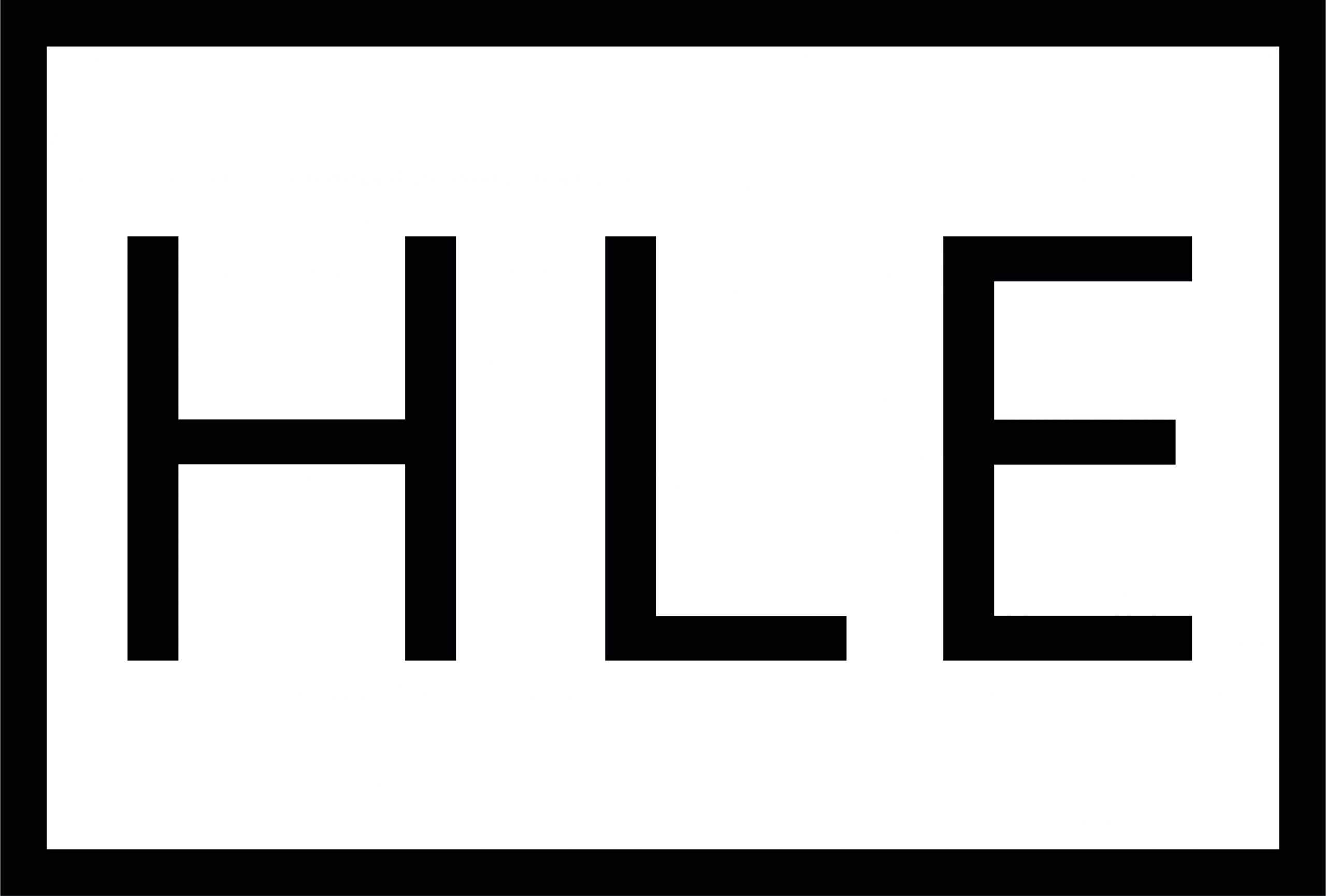CARGO LASHING
Anyone that has ever secured a load to a road trailer – be it project cargo or a new sofa – will be inherently familiar with the importance of a suitably tensioned lashing arrangement. For road moves where over-the-top type lashings are typically used, the pre-tension applied will dictate the level of friction generated. In other words, the more pre-tension there is, the more downward force, more friction and less lashings it requires. It is crucial that any tensioning equipment constructed to European Standards (EN 12195 Series) is marked with the “Standard Tensioning Force” (STF) which it can create.
However, if we consider the marine environment, does the same idea still apply?
- • The International Maritime Organisation Code of Safe Practice for Cargo Securing prohibits excessive use of types of friction lashing.
• Direct lashing between cargo and strong points is, therefore, more typical and friction is less useful.
• The transportation loads that a cargo item will experience at sea are likely to be the highest and most varied it will ever be subjected to. Adverse weather conditions can often lead to multiple lashings being required in every direction.
Simply put, stand-alone use of over-the-top pre-tensioned lashings should be avoided when lashing cargo aboard a ship. Instead, lashings in all the primary directions of motion are required.
As well as making sure that there are sufficient lashings in all directions, consideration also needs to be given to how they are tensioned as well. In the road example, high pre-tension is desirable, whereas for lashing at sea the considerations are more complex. For example, a line with a capacity of 10Te, which is pre-tensioned to 2Te, will only have 8Te of capacity left for restraining sea-going forces. In addition any variation in pre-tension between lines acting in the same direction will result in the tighter line taking more load, reducing the effectiveness of the other lashings. It is also important to note that equipment will not always be constructed to European Standards, therefore the STF force can vary significantly.
While a minimum tension should always be maintained to ensure the cargo does not shift (and lashings regularly checked), it is clear that more tension can mean less capacity. Not only is the proper stowage and securing of cargoes necessary for the safety of the cargo itself, but it is also of the utmost importance for the safety of the vessel and crew. Improper securing of cargo units can result in serious injuries and damage to the vessel. To ensure that all potential cargo lashing hazards are dealt with correctly, it is essential to gain specialist advice from a professional who can plan and uphold safe carriage of the cargo, regardless of the behaviours of the sea.
